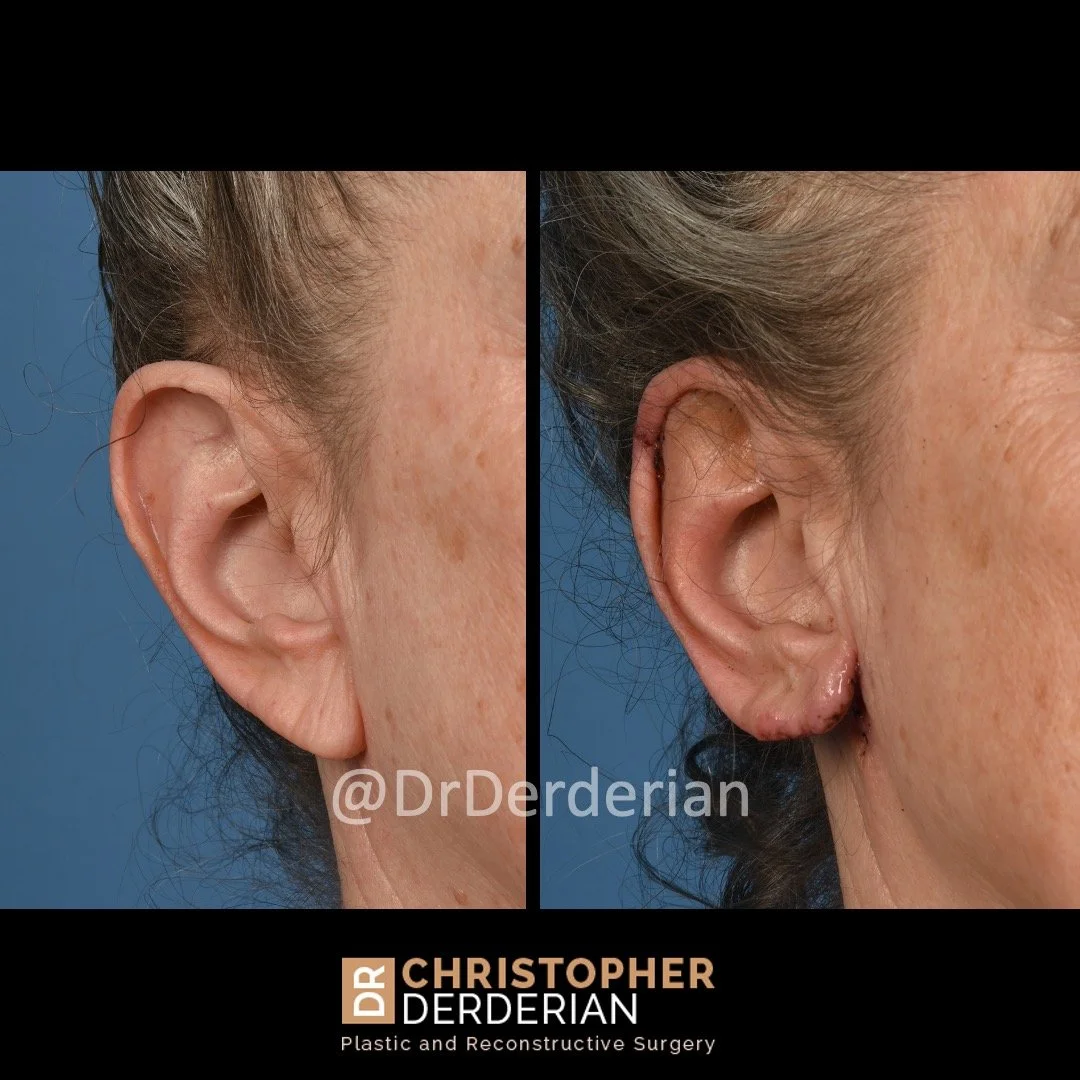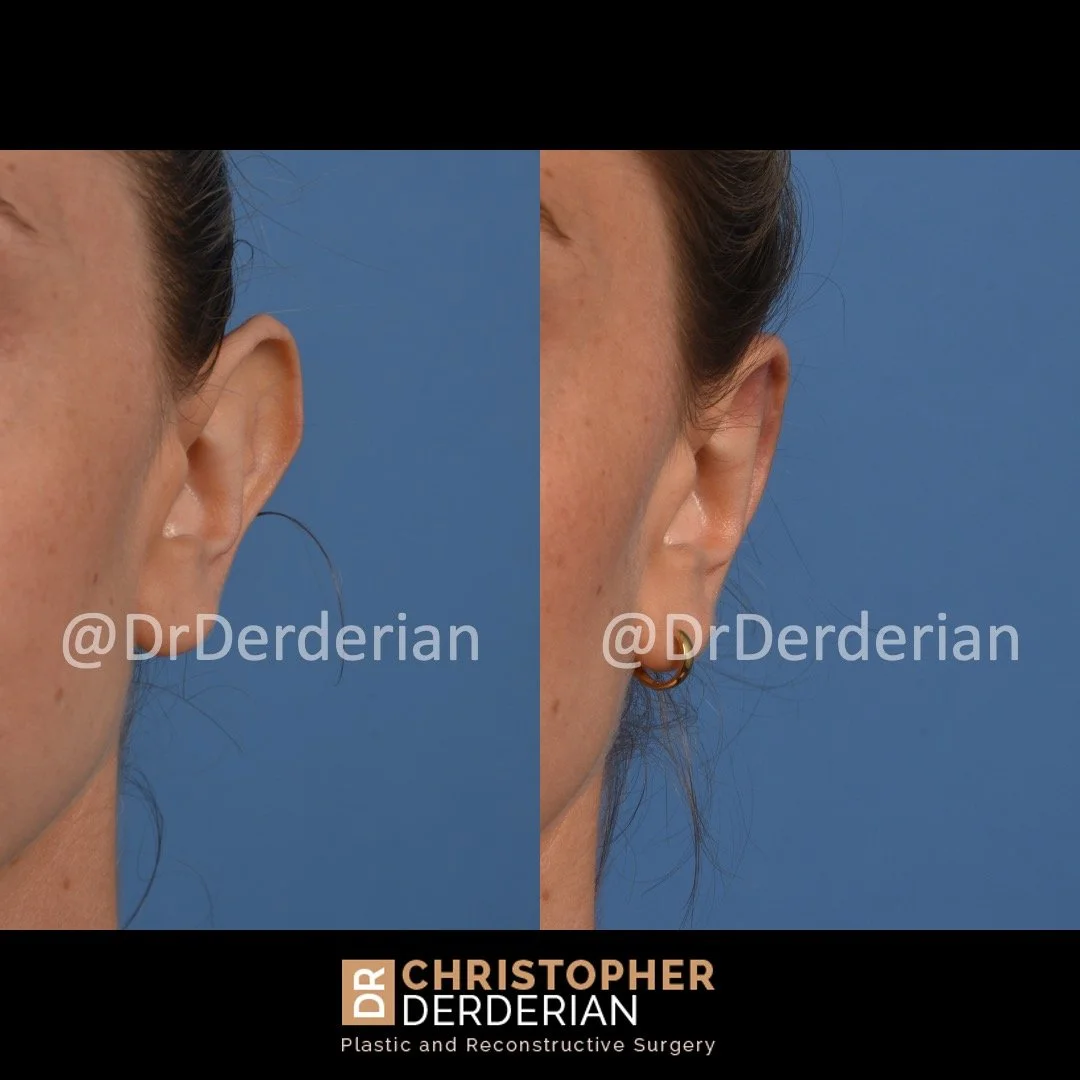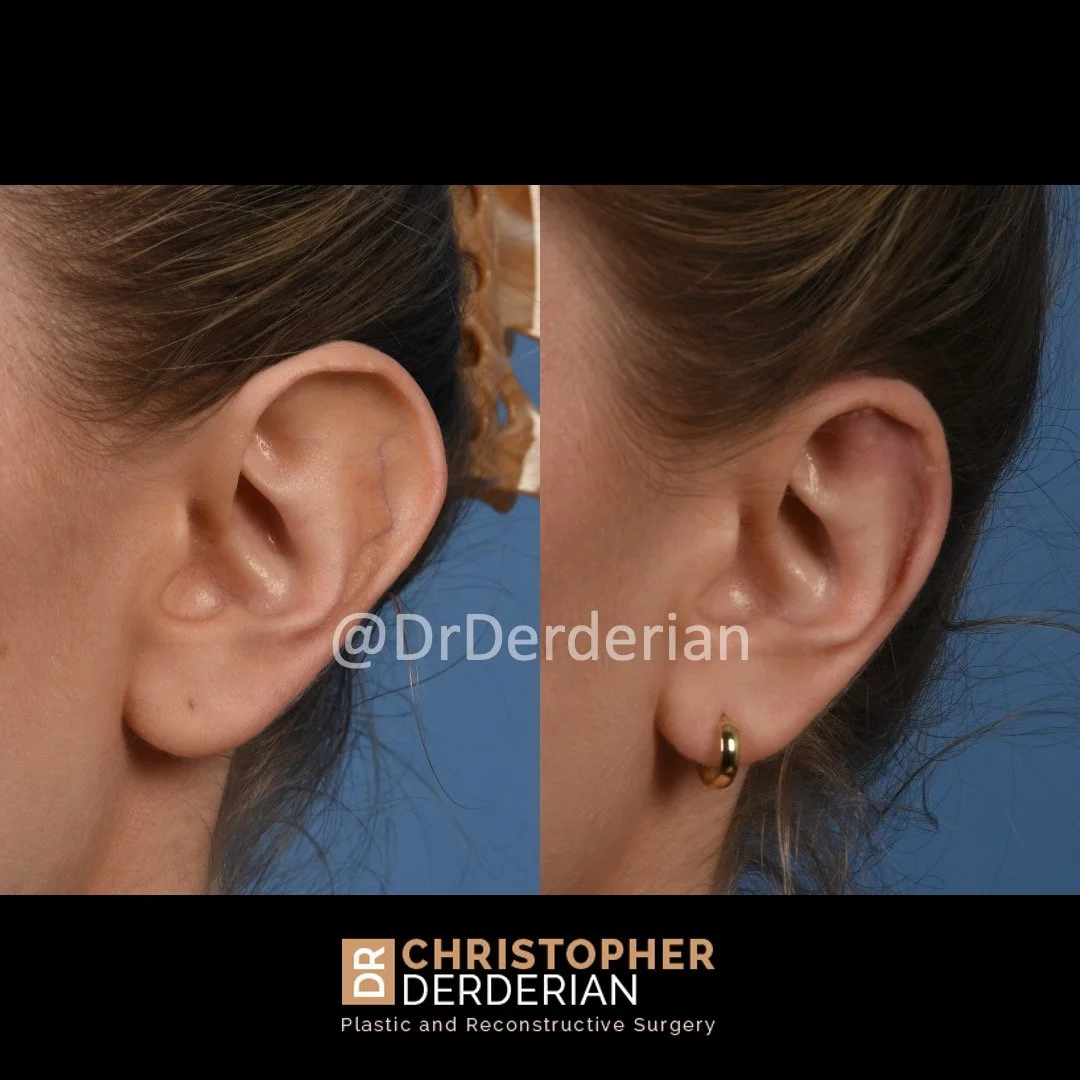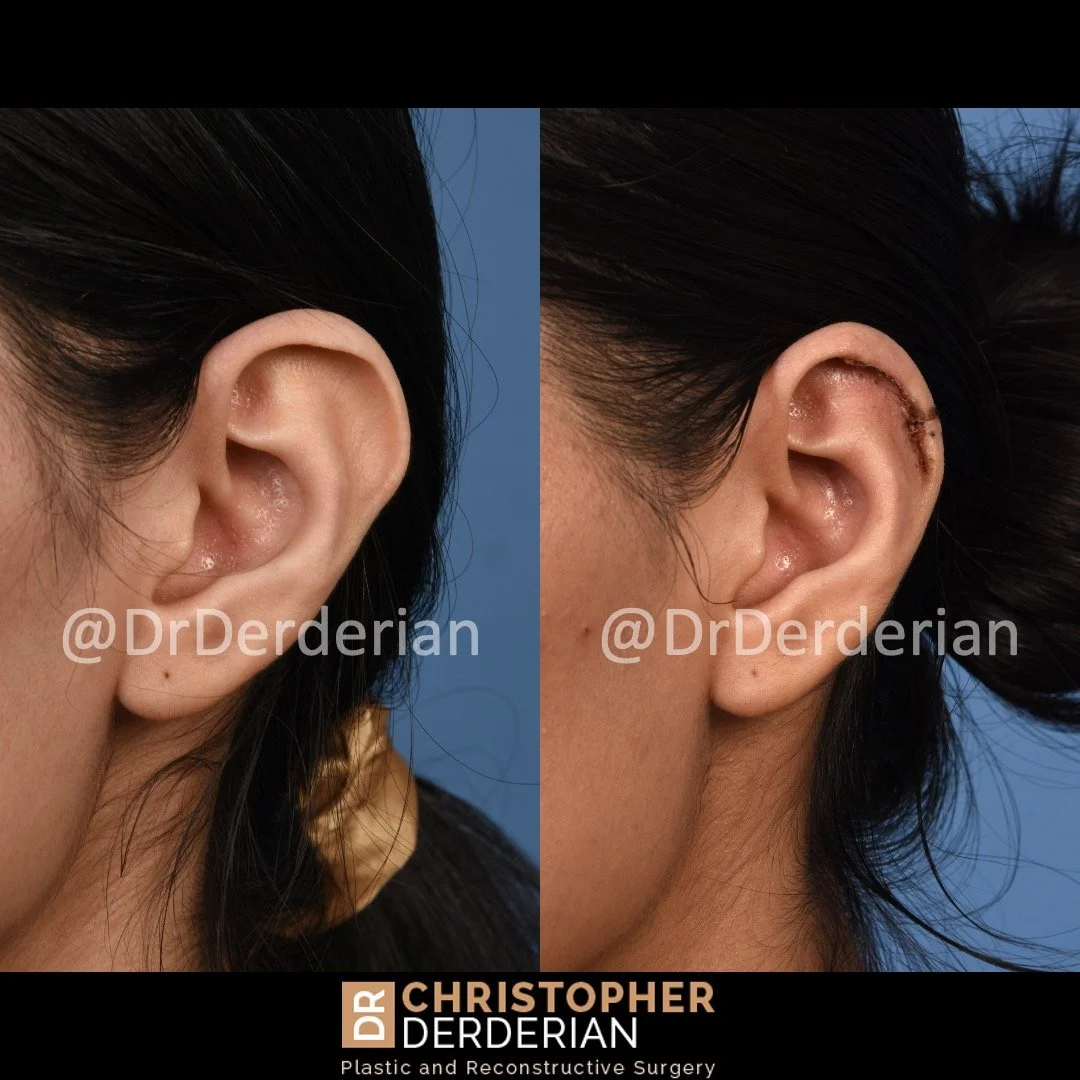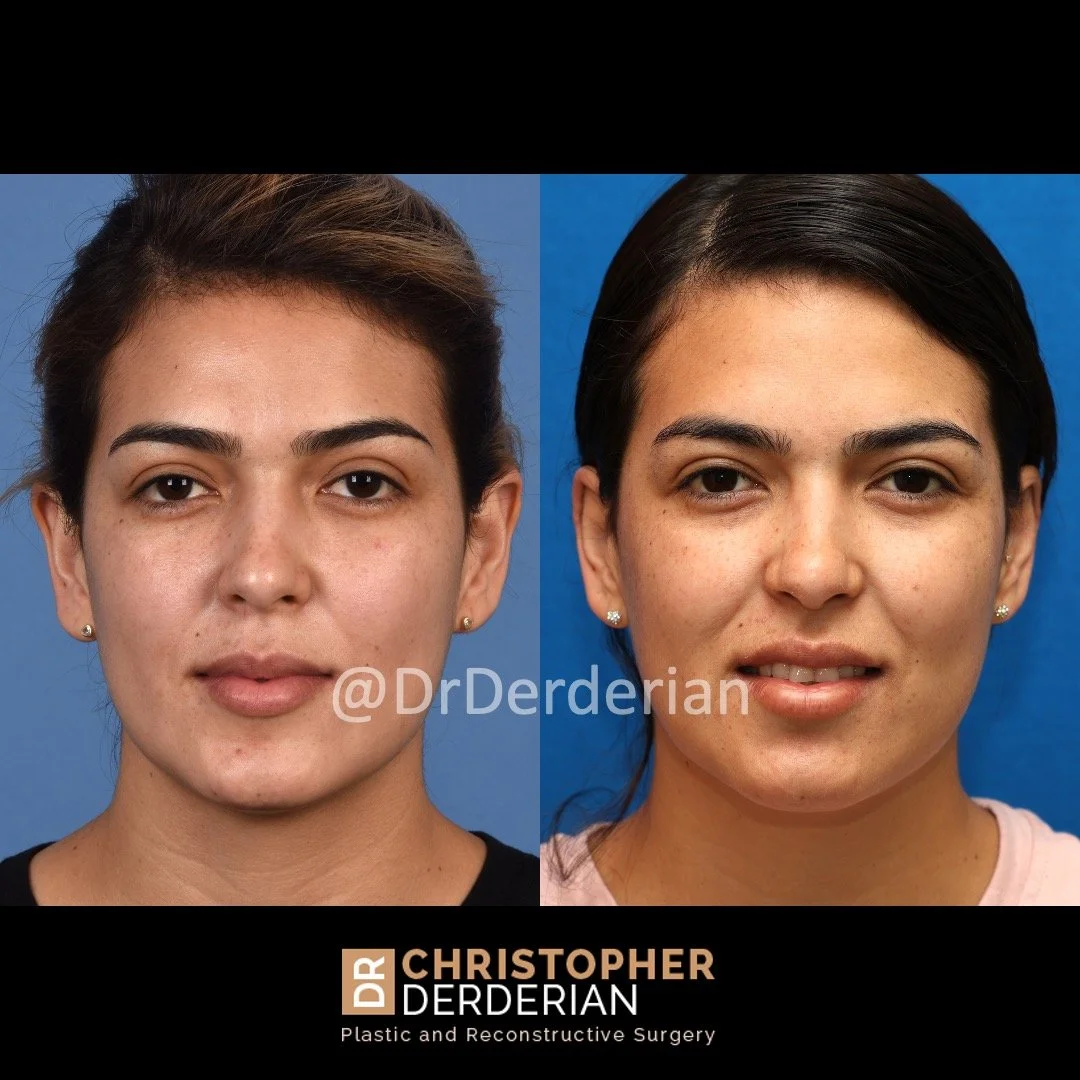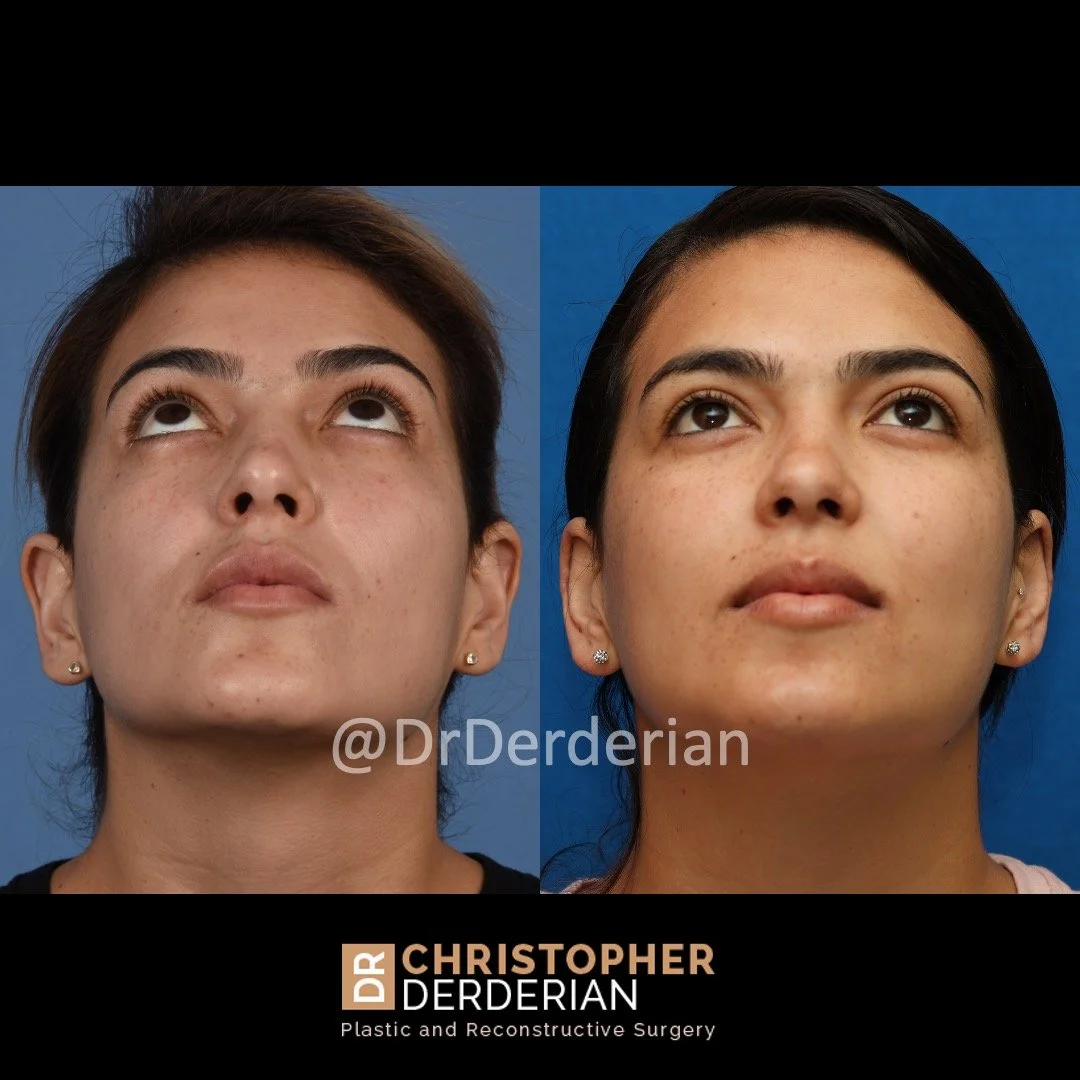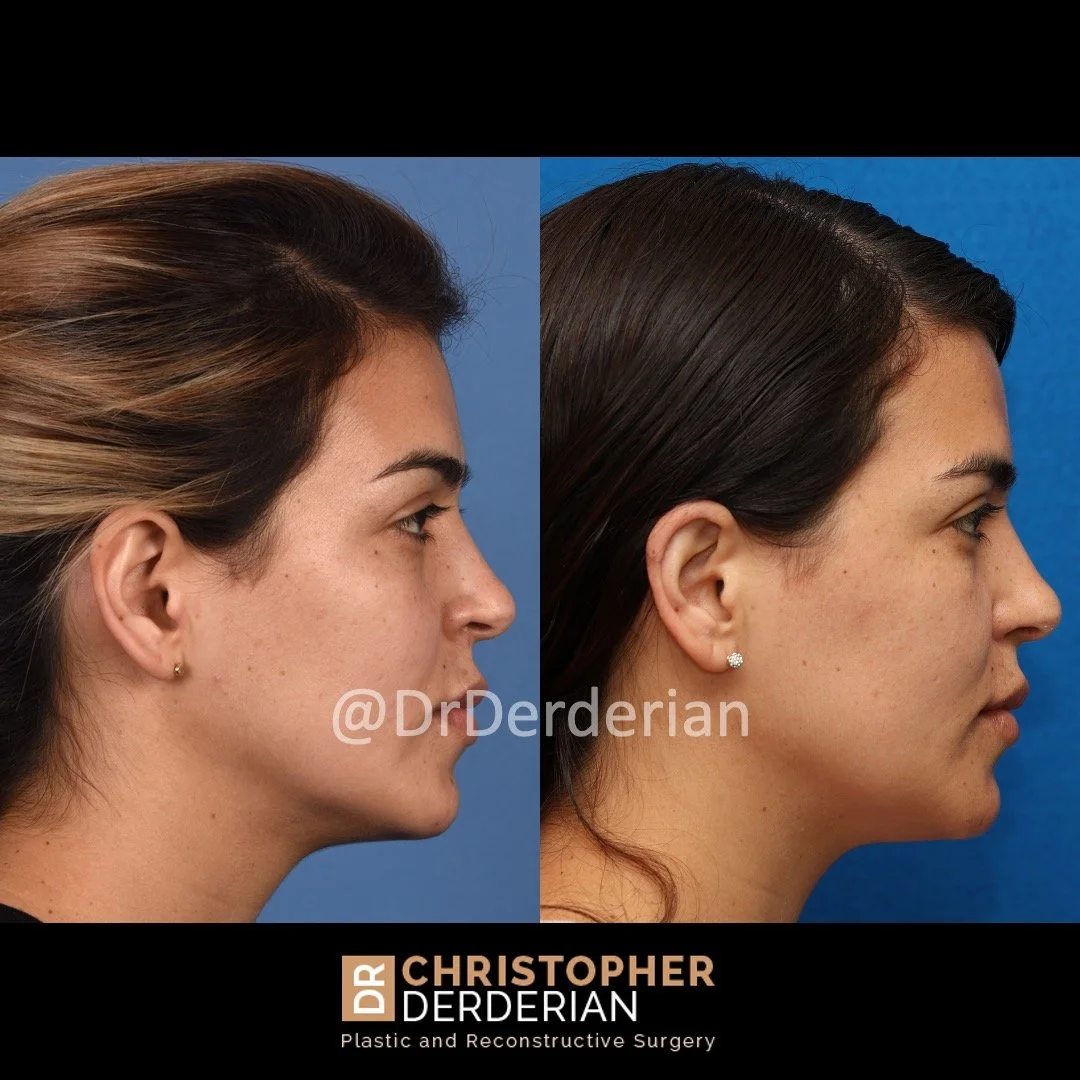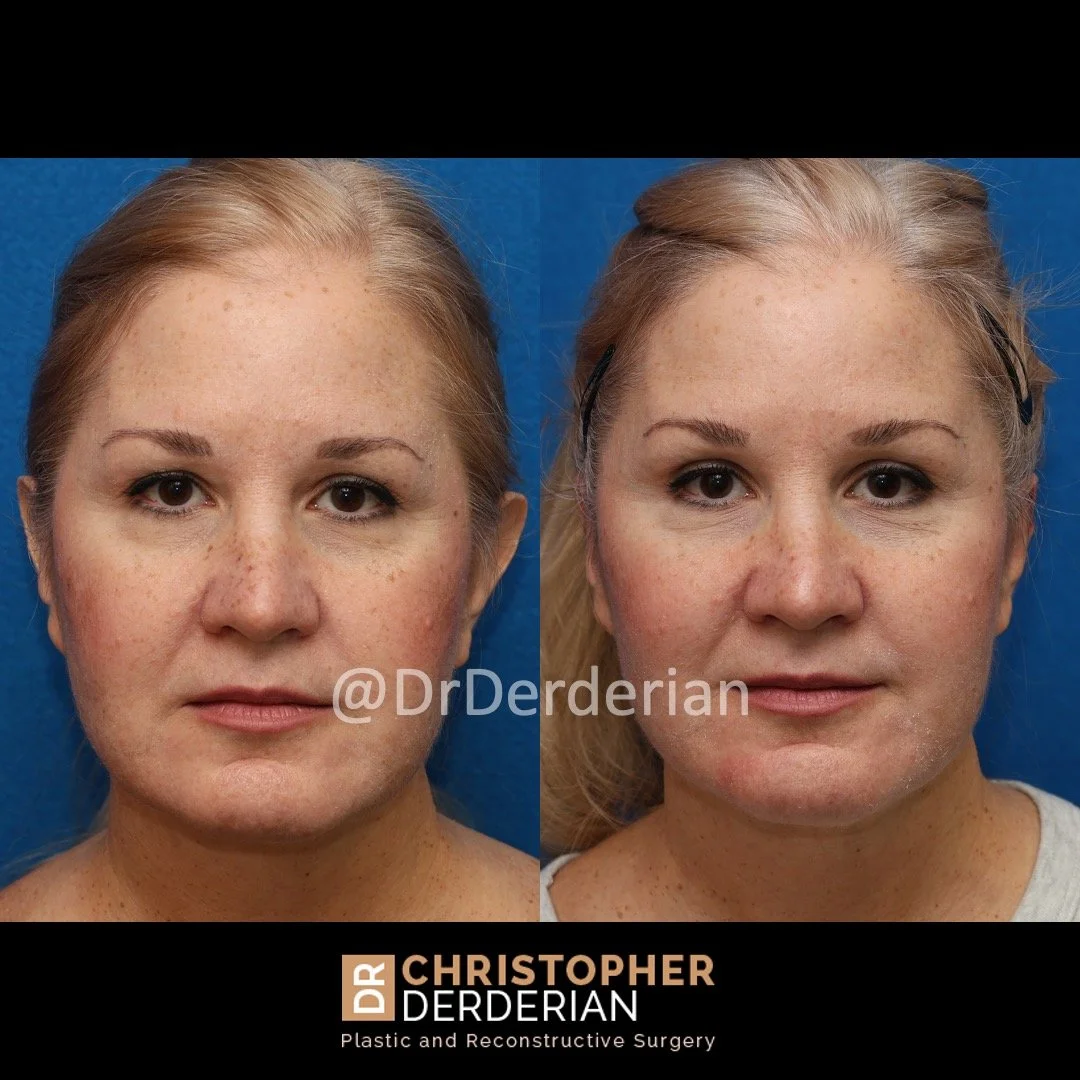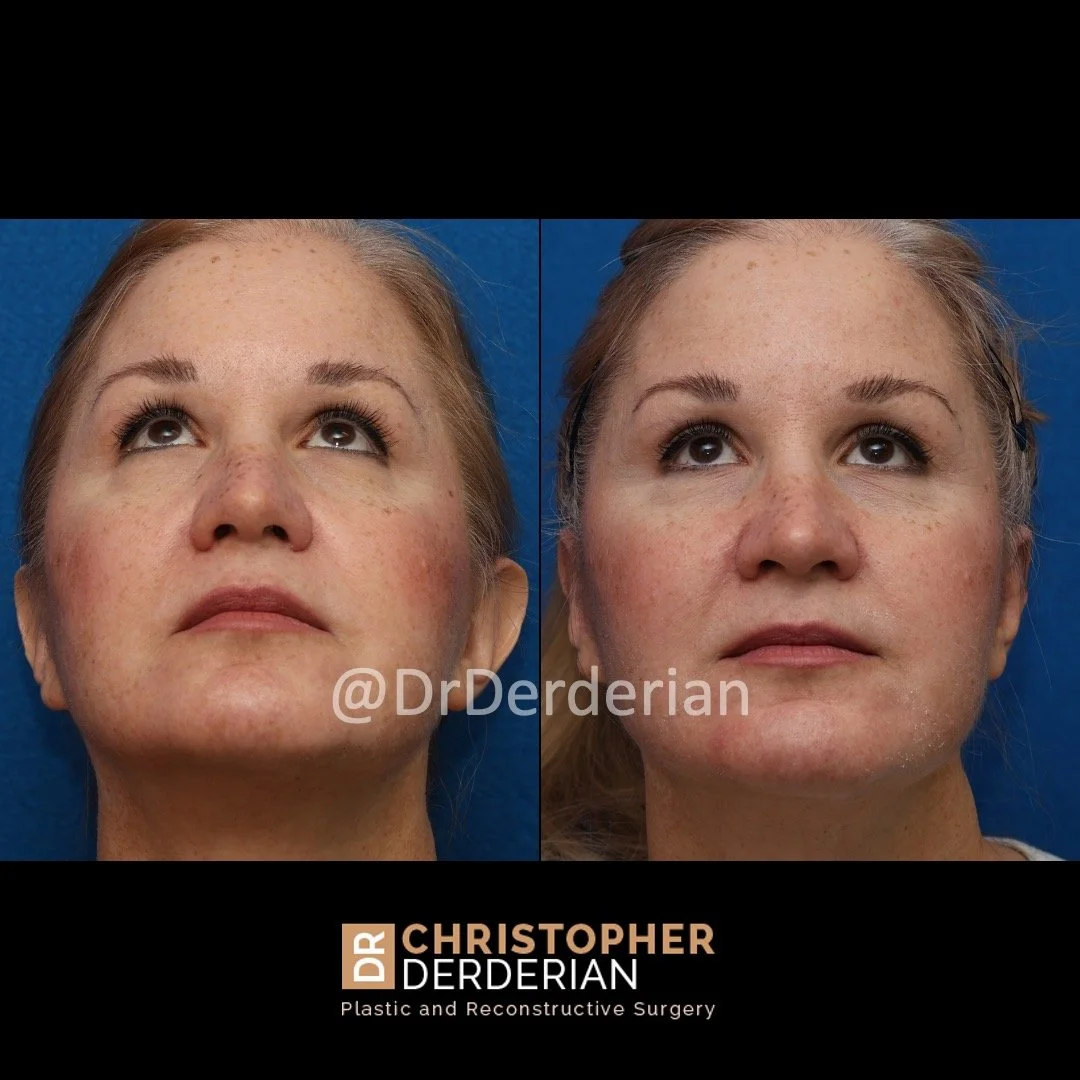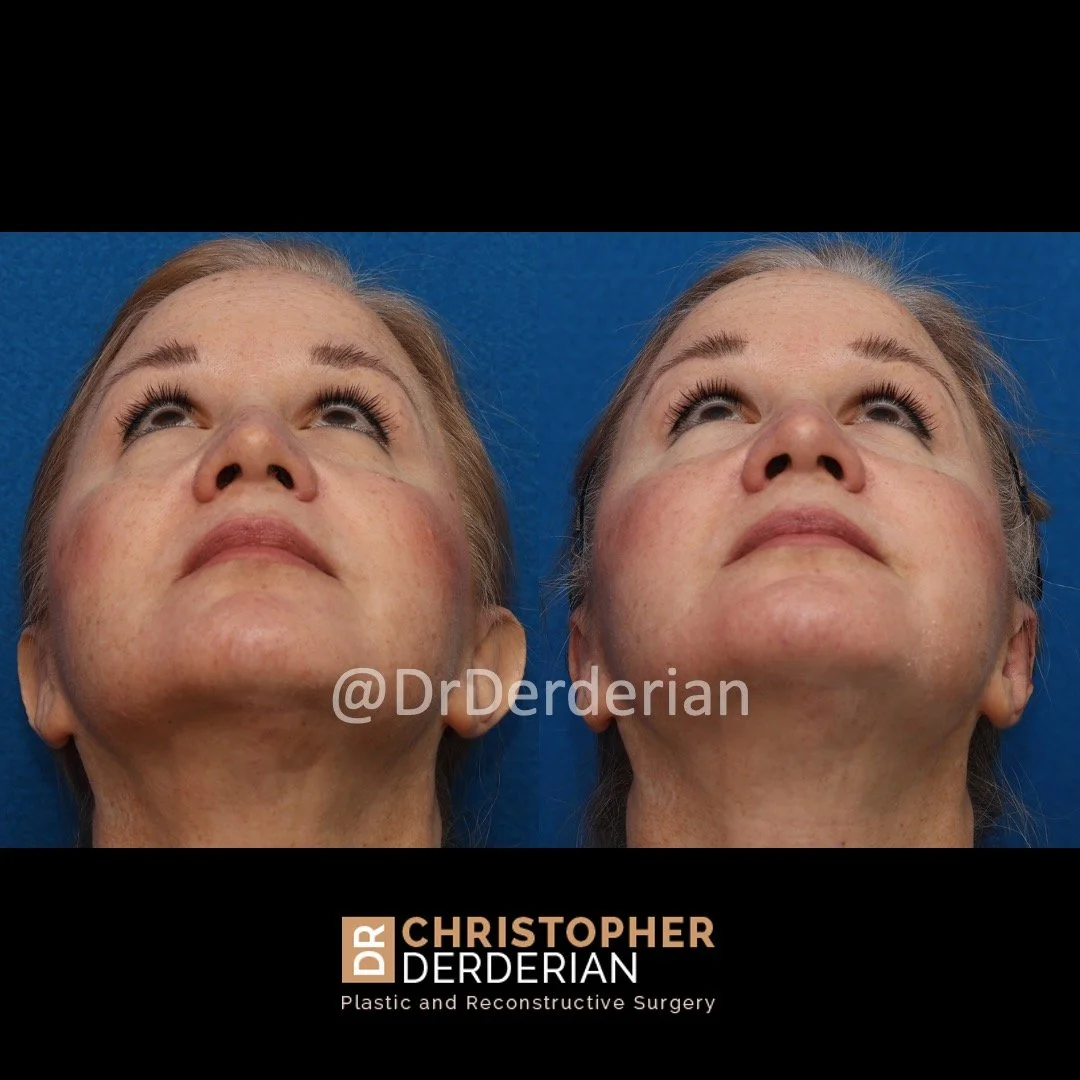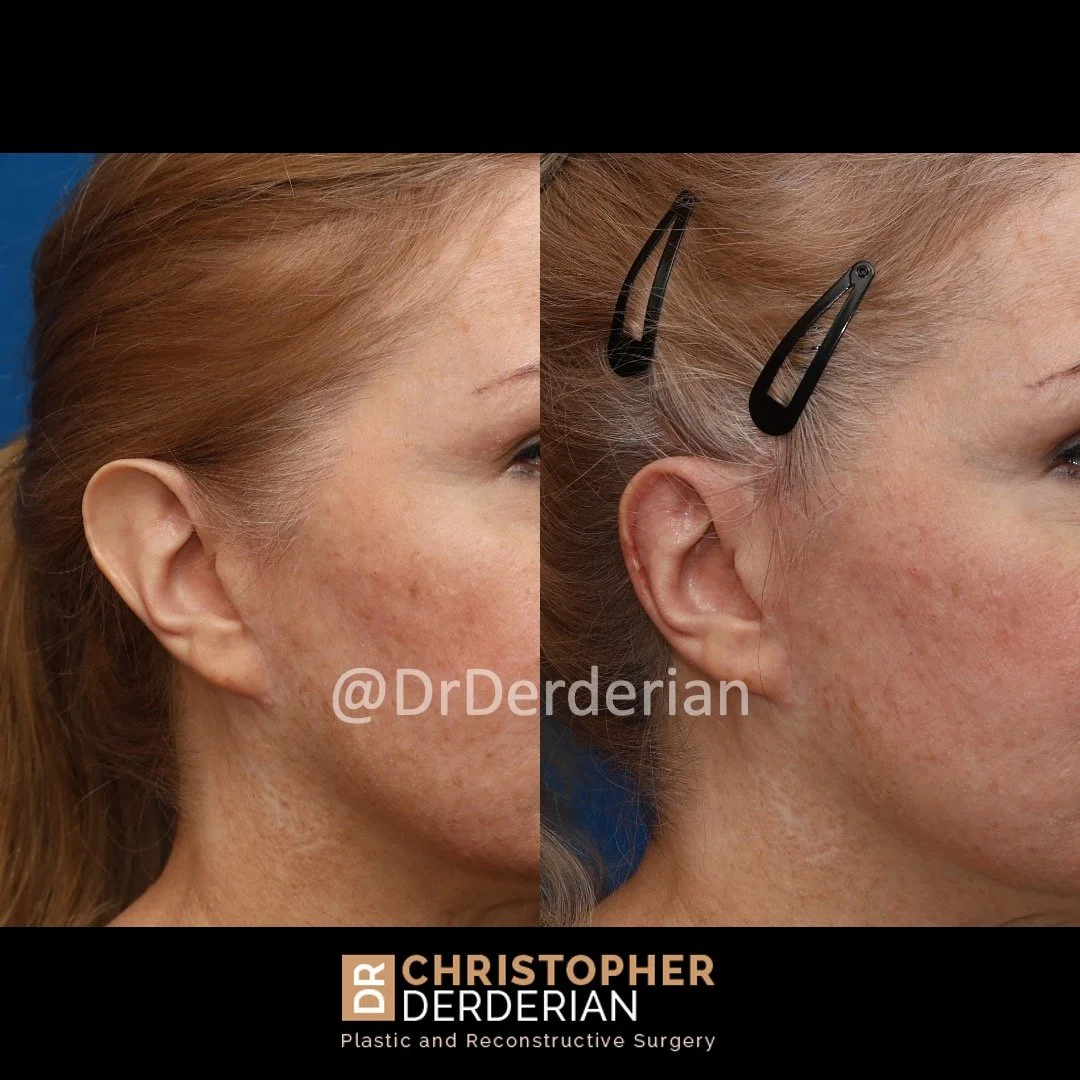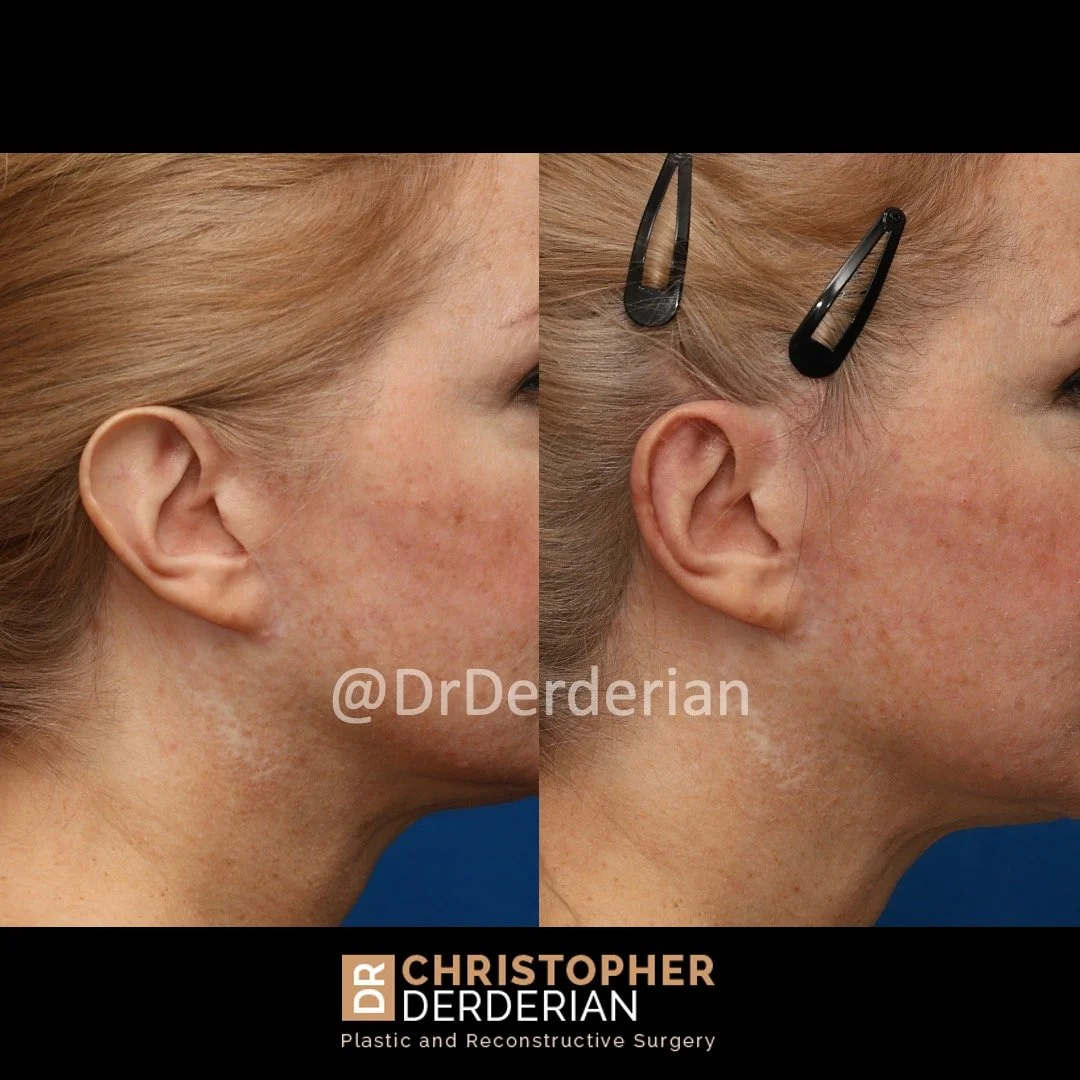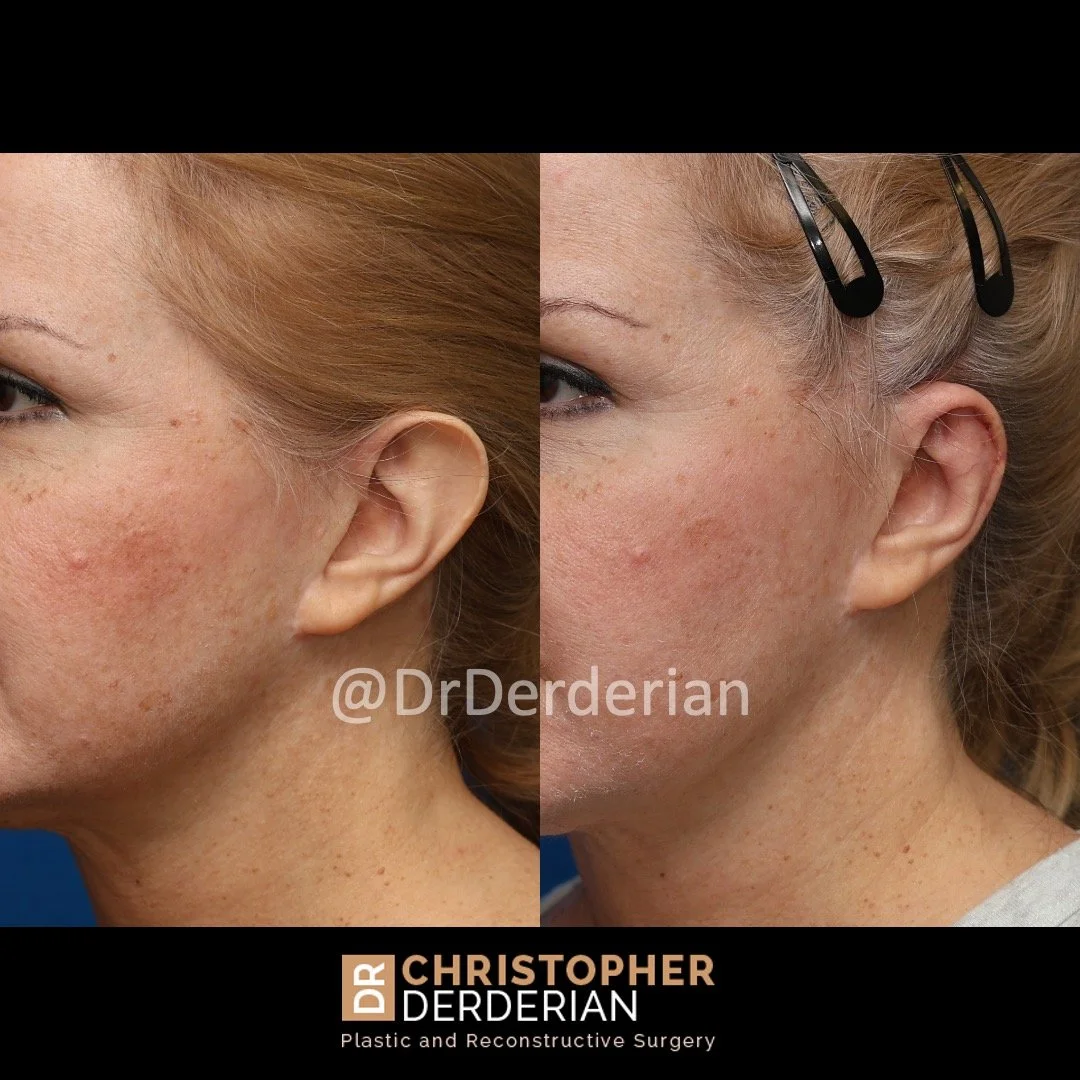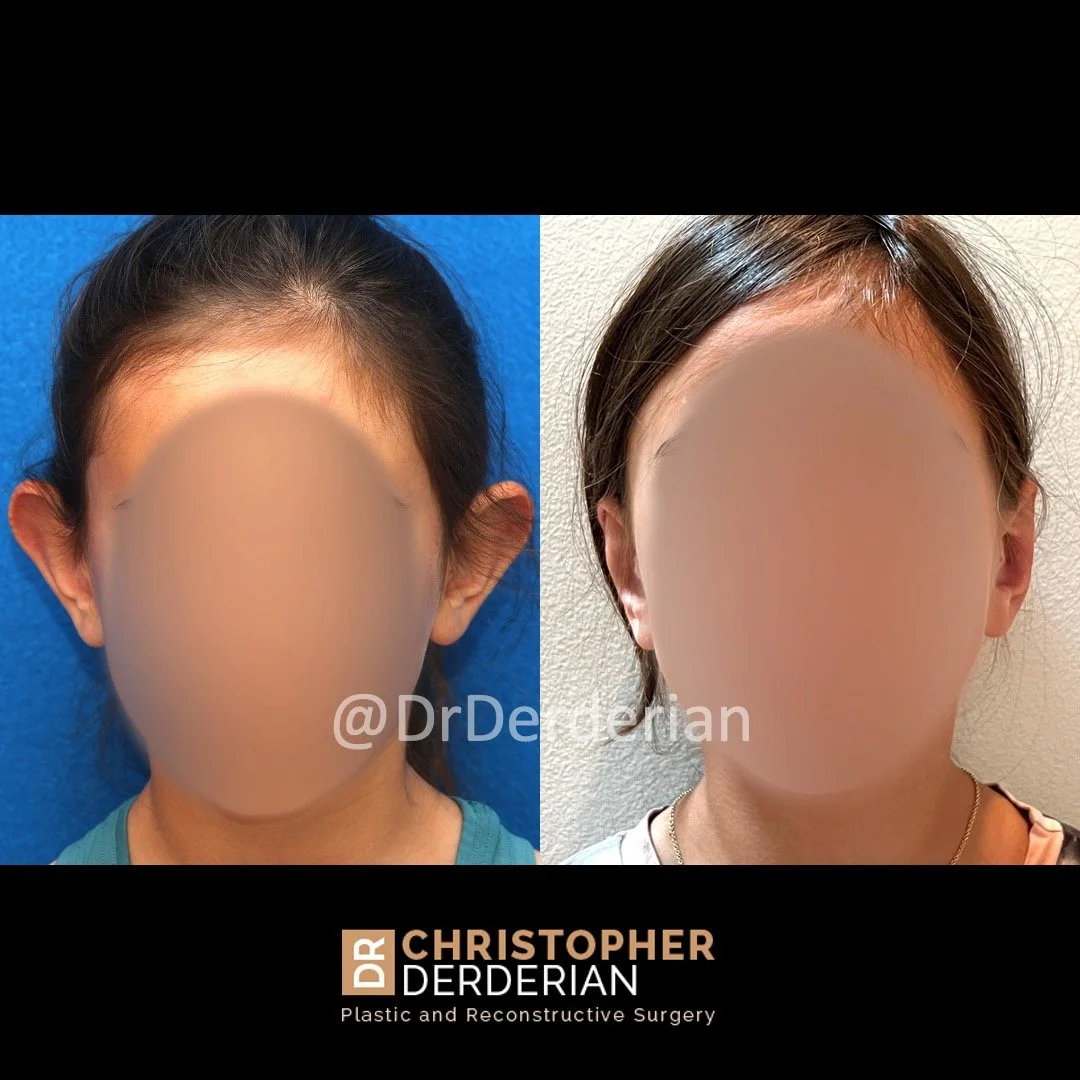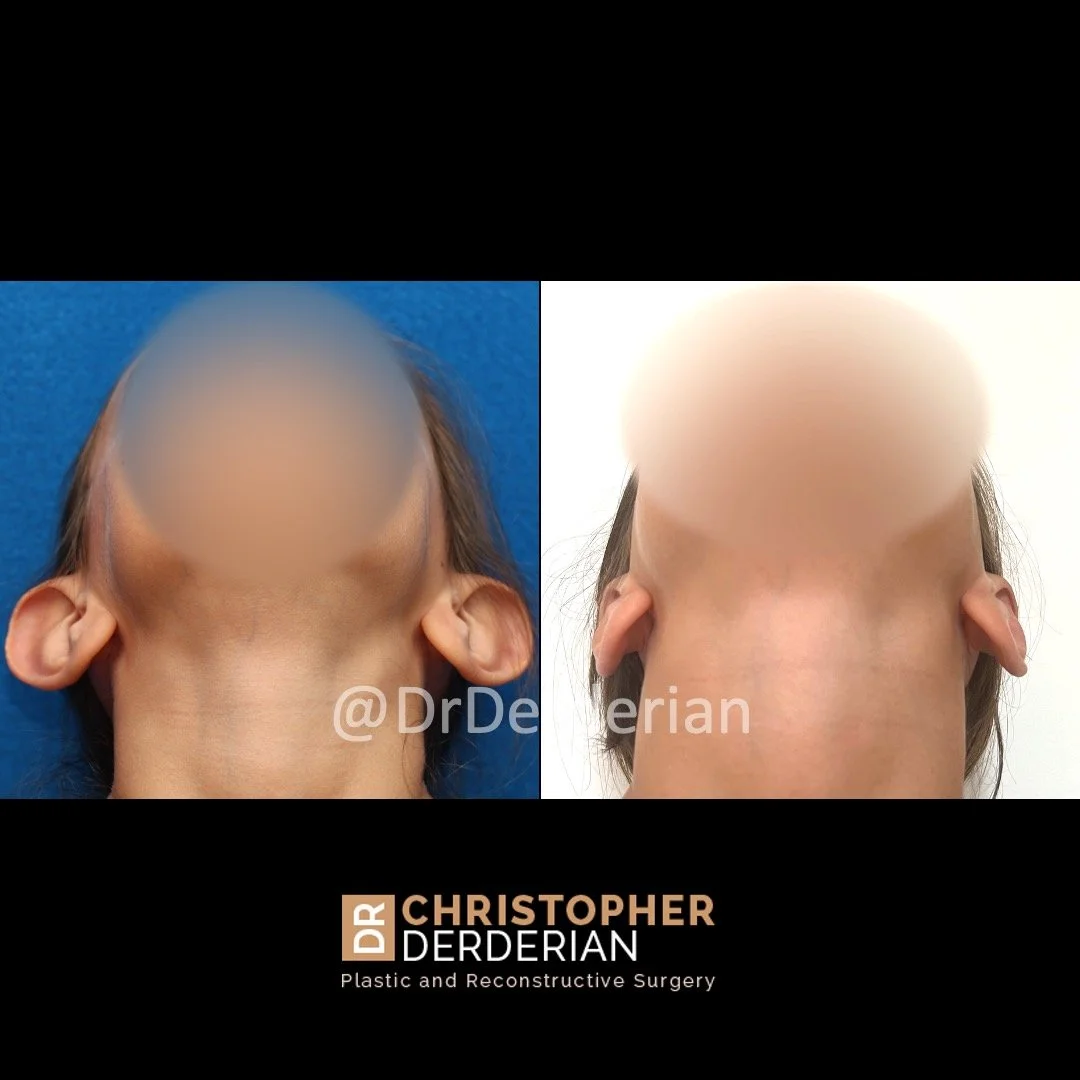Reduction Otoplasty
in Dallas,
Texas
Ear reduction surgery (reduction otoplasty) is an operation designed to reduce the size of abnormally large ears. Patients frequently present for surgery with concerns that their ears “stick our too far” and they really have ears that are larger than normal. The medical term for ears that are abnormally large is macrotia. The most common cause of macrotia is excess cartilage in the schapha in the upper portion of the ear. The cartilage of the scapha can be reduced in size by removal of the excess cartilage and skin as shown below. This can be combined with traditional otoplasty techniques to also reshape the ear as-needed.
This image shows a large ear with excess cartilage in the scapha that is highlighted in yellow.
A crescent of excess skin and cartilage are excised from the scapha through an incision at the junction of the scapha and helical rim.
Excision of the excess schapha cartilage and skin results in redundant helical rim. The redundant helical rim is excised as a wedge and the cut edges are closed, thus reducing the size of the ear.
This image shows a patient with a large ear (macrotia) due to excess cartilage in the scapha on the left and a postoperative image 7 days after scapha reduction surgery. Note how the incision is hidden in the crease adjacent to the helical rim.
-
Ear reduction surgery can be used to treat large ears alone, or in combination with an otoplasty to treat ears that are larger but also misshapen. Common concerns treated with this procedure include:
• Overly large ears — a condition called macrotia
• Protruding ears occurring on one or both sides
• Prominent cartilage in the upper ear - pointy or folded
• Uneven ears – size or shape
• Unsatisfactory results from previous otoplasty
The ideal patient is healthy, and does not have a serious illness or medical conditions that can impair healing. It is important that the patient has a positive outlook and specific goals for improvement while maintaining realistic expectations for what can be achieved with surgery.
-
Dr. Derderian will discuss your concerns about the appearance of your ears. A complete history and examination will be performed to ensure that you or your child are a good candidate for surgery. After verifying that you’re a good candidate, Dr. Derderian will discuss his customized plan to improve the appearance of your ears.
-
Costs include:
• Anesthesia fees – cover the anesthesiologist, their staff and medications
• Hospital or surgical facility costs – covers the operating room, staff and equipment
• Surgeon's fee
-
Dr. Derderian developed a passion for otoplasty and ear surgery early in his training. During his plastic surgery residency at New York University he had extensive training in ear reconstruction and otoplasty techniques with Dr. Charles Thorne, a world-renowned expert in ear surgery. After completing his residency, Dr. Derderian did a fellowship in craniofacial surgery at the University of Pennsylvania and Children’s Hospital of Philadelphia where he received further dedicated training in otoplasty and ear reconstruction with Dr. Scott Bartlett. Dr. Derderian is board certified by the American Board of Plastic Surgery. He is a well-recognized expert in ear reconstruction for minor and severe congenital anomalies of the ear such as prominent (protruding ) ears, macrotia, constricted ears, lop ear, cryptotia and microtia. Dr. Derderian regularly performs otoplasty and ear reconstruction in both his pediatric and adult practices. He is frequently asked to give lectures about otoplasty and ear reconstruction and has multiple publications related to ear surgery.







